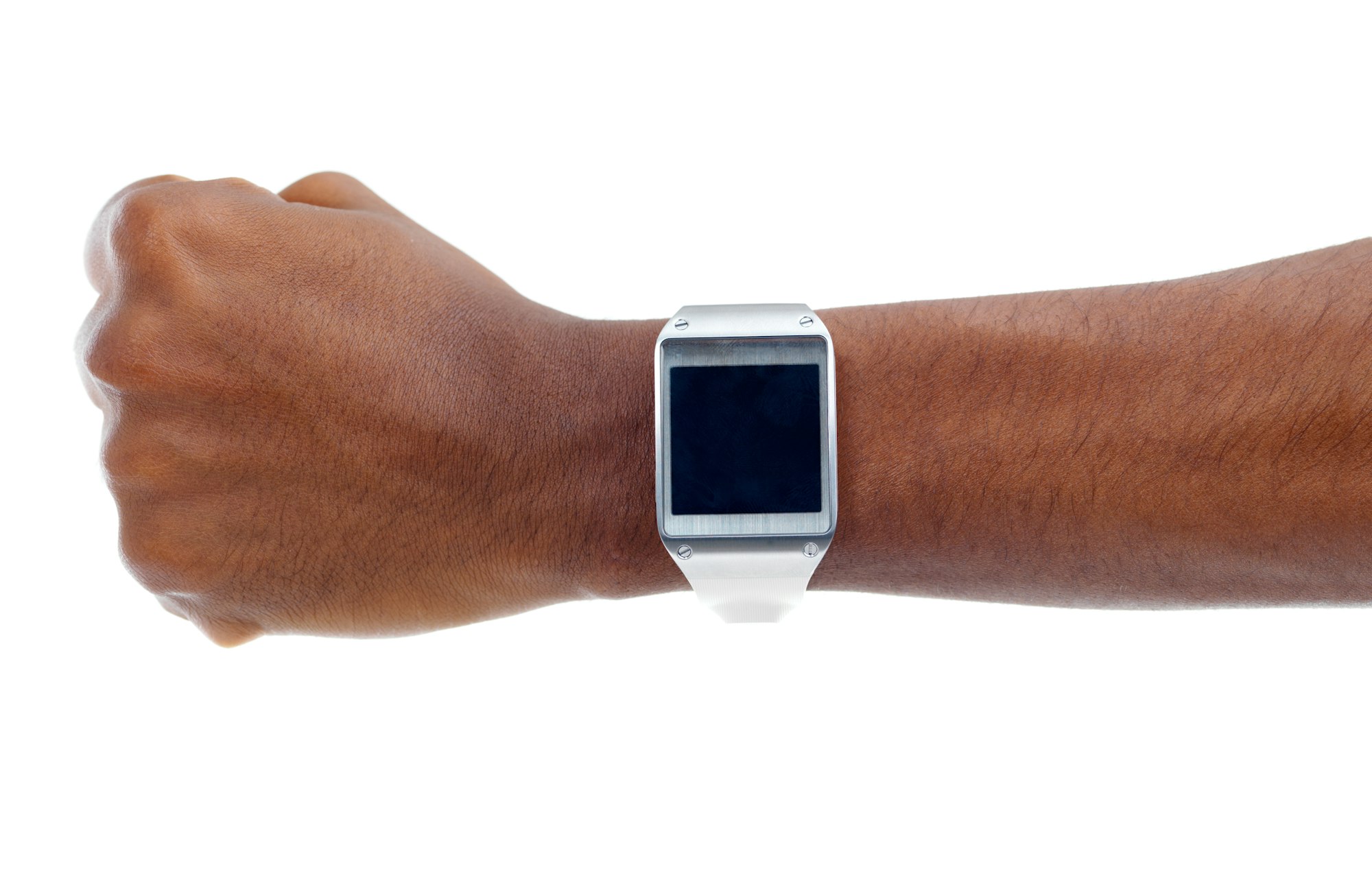From the Silicon Valley’s tech giants to innovative startups, developers have been relentlessly working to revolutionize health and fitness through wearable technology. In a world where data has become a precious commodity, wearables harvest a treasure trove of health information, painting a comprehensive picture of an individual’s wellness journey. In this discourse, we will uncover the latest advancements in wearable fitness technology. We will delve into how these devices have redefined the health and fitness sector by tracking health metrics in real-time.
The Rise of Wearables in Health and Fitness
The health and fitness industry has been radically transformed by the advent of wearable technology. Digital devices such as fitness trackers, smartwatches, and heart rate monitors have become commonplace, replacing traditional methods of monitoring health metrics.
This might interest you : How Can Cognitive Stimulation Therapy Benefit Alzheimer’s Patients?
The rise of wearables in health and fitness is a testament to the power of technological innovation. These devices leverage sophisticated technology to compile and analyze data on a wide range of health metrics – from heart rate and sleep patterns to blood pressure and respiratory rate. By doing so, they provide users with insightful and actionable health information, often in real-time. This has empowered users to take charge of their health like never before, paving the way for a future where taking care of one’s health is not just easier, but also smarter.
The Evolution of Heart Rate Monitoring
Among the myriad of health metrics being tracked by wearable devices, heart rate monitoring stands out for its critical role in assessing overall health and fitness levels. Traditional methods of heart rate monitoring have been largely cumbersome and inaccurate. However, with the advent of wearables, this has changed.
In the same genre : How Can Reflective Journaling Support Mental Health During Major Life Transitions?
Heart rate monitoring has evolved due to the advancements in wearable technology, with companies like Apple leading the charge. The Apple Watch, for instance, employs photoplethysmography (PPG) to measure heart rate. This innovative technology uses green LED lights paired with light-sensitive photodiodes to detect the amount of blood flowing through the wrist at any given time. This data is then used to calculate heart rate with remarkable accuracy.
Furthermore, wearable devices can now monitor heart rate variability (HRV), a key indicator of stress and recovery. This simple, non-invasive measure can offer profound insights into the body’s physiological state, helping users make informed decisions about their health and wellness.
Sleep Tracking and the Science of Restorative Rest
If there is one aspect of health that has often been overlooked, it’s sleep. However, with the rise of wearable fitness technology, sleep tracking has become increasingly popular. Technology giants like Apple and Fitbit have incorporated advanced sleep tracking features in their wearables, helping users understand and improve their sleep patterns.
Wearable devices track sleep stages, including light, deep, and REM sleep, using a combination of movement and heart rate data. This detailed breakdown of sleep cycles can shed light on the quality and quantity of sleep a user is getting, helping them make necessary changes for a better night’s rest.
In addition to tracking sleep stages, some advanced wearables can also monitor SpO2 levels during sleep. This relatively new feature can detect drops in blood oxygen levels, which can be an indication of conditions like sleep apnea. Providing such critical data in real-time can potentially save lives, further underlining the importance of wearable fitness technology in healthcare.
The Future of Wearables: Predictive Health Monitoring
As the wearable technology landscape continues to evolve, the emphasis is shifting from reactive to predictive health monitoring. This means that instead of merely tracking health metrics, wearable devices of the future will predict potential health issues before they become problems.
Artificial Intelligence (AI) and Machine Learning (ML) are the driving forces behind this shift. By analyzing large volumes of health data collected over time, AI and ML algorithms can identify patterns and anomalies that may signal the onset of a health condition.
For instance, some of the latest smartwatches can alert users of irregular heart rhythms that could be indicative of atrial fibrillation. Similarly, wearable glucose monitors can predict potentially dangerous blood sugar levels, helping users with diabetes manage their condition more effectively.
Predictive health monitoring represents a significant leap forward in healthcare. It not only has the potential to save lives but also to reduce the burden on healthcare systems by enabling early intervention and preventing costly hospitalizations.
The Role of Data Privacy in Wearable Fitness Technology
As wearable fitness technology continues to grow in popularity and sophistication, it’s important to address the issue of data privacy. These devices collect a wealth of personal health data, but how this data is stored, used, and shared can raise serious privacy concerns.
Companies involved in the development and marketing of wearable fitness technology must adhere to strict data privacy regulations. They must also implement robust security measures to protect users’ data from breaches. This includes end-to-end encryption of data, robust user authentication methods, and clear, transparent privacy policies.
As users, you must also be vigilant about your data privacy. Always read the privacy policy before purchasing a wearable device, and make sure to regularly update your device’s software to benefit from the latest security patches.
In a world where data has become the new currency, protecting personal health data is not just important – it’s essential. As technological advancements continue to push the boundaries of what’s possible in health monitoring, it’s crucial that data privacy keeps pace.
Wearable Fitness Technology in Energy Expenditure Evaluation
With the escalating interest in physical activity, energy expenditure is among the health metrics that wearable fitness technology is tracking. These devices have begun to adopt algorithms that can monitor the number of calories burned during a workout or over a given period.
Wearable devices like fitness trackers employ a blend of data, including heart rate, age, gender, weight, and activity duration, to calculate the energy expenditure. This provides the users with valuable insights into their workouts, helping them understand if they are burning enough calories to meet their weight loss or fitness goals.
An excellent illustration of this is the Google Scholar and Crossref Google developed wearable, the Pixel Watch. This device uses a combination of heart rate data and motion sensors to gauge the intensity of physical activities and estimate the calories burned. Another notable example is the Biostrap, which uses photoplethysmography (PPG) to monitor heart rate and calculate energy expenditure accurately.
However, it’s worth noting that the accuracy of energy expenditure evaluation can vary across different wearable devices. Hence, companies must continually refine their algorithms and devise ways to improve the accuracy of energy expenditure tracking.
The Impact of Wearable Fitness Technology on Healthcare
The impact of wearable fitness technology on healthcare is profound and far-reaching. By offering real-time access to a broad range of health metrics, wearable devices have the potential to transform how healthcare is delivered and managed.
In the realm of preventive healthcare, fitness trackers empower individuals to stay on top of their health. By tracking metrics like heart rate, blood pressure, and sleep patterns, these devices help uncover potential health issues, prompting users to seek medical intervention early. This proactive approach could lead to early diagnosis and treatment, significantly improving health outcomes.
Wearable technology is also enhancing patient care and treatment. For instance, wearable health monitors can provide doctors with a wealth of patient data, facilitating personalized treatment plans. Plus, in remote patient monitoring, these wearables can track a patient’s health in real time, enabling healthcare providers to respond swiftly to any changes in the patient’s condition.
Moreover, the potential of wearable fitness technology in healthcare research shouldn’t be overlooked. The vast amounts of data collected by these devices can provide invaluable insights for researchers. For example, data from fitness trackers can inform studies on physical activity, lifestyle diseases, and even pandemic trends.
Conclusion
As we continue to navigate the increasingly digital landscape of health and fitness, the role of wearable fitness technology appears more pivotal than ever. From tracking critical health metrics like heart rate and blood pressure to enabling predictive health monitoring, these devices are fundamentally redefining our approach to wellness.
In the coming years, we can expect to see more innovations in this field, particularly driven by AI and machine learning. As these technologies continue to evolve, so too will the capabilities of wearable devices – offering more accurate tracking, deeper insights, and more personalized health and fitness guidance.
However, as we embrace the convenience and insights offered by wearable fitness technology, we must remain mindful of the importance of data privacy. Safeguarding our personal health information should be a top priority as we continue to explore the possibilities of this exciting technology.
In conclusion, wearable fitness technology stands at the cusp of a new era in health and fitness. As these devices get smarter, so too will our approach to managing our health. Despite potential challenges, the future of wearable fitness technology looks promising and exciting.






